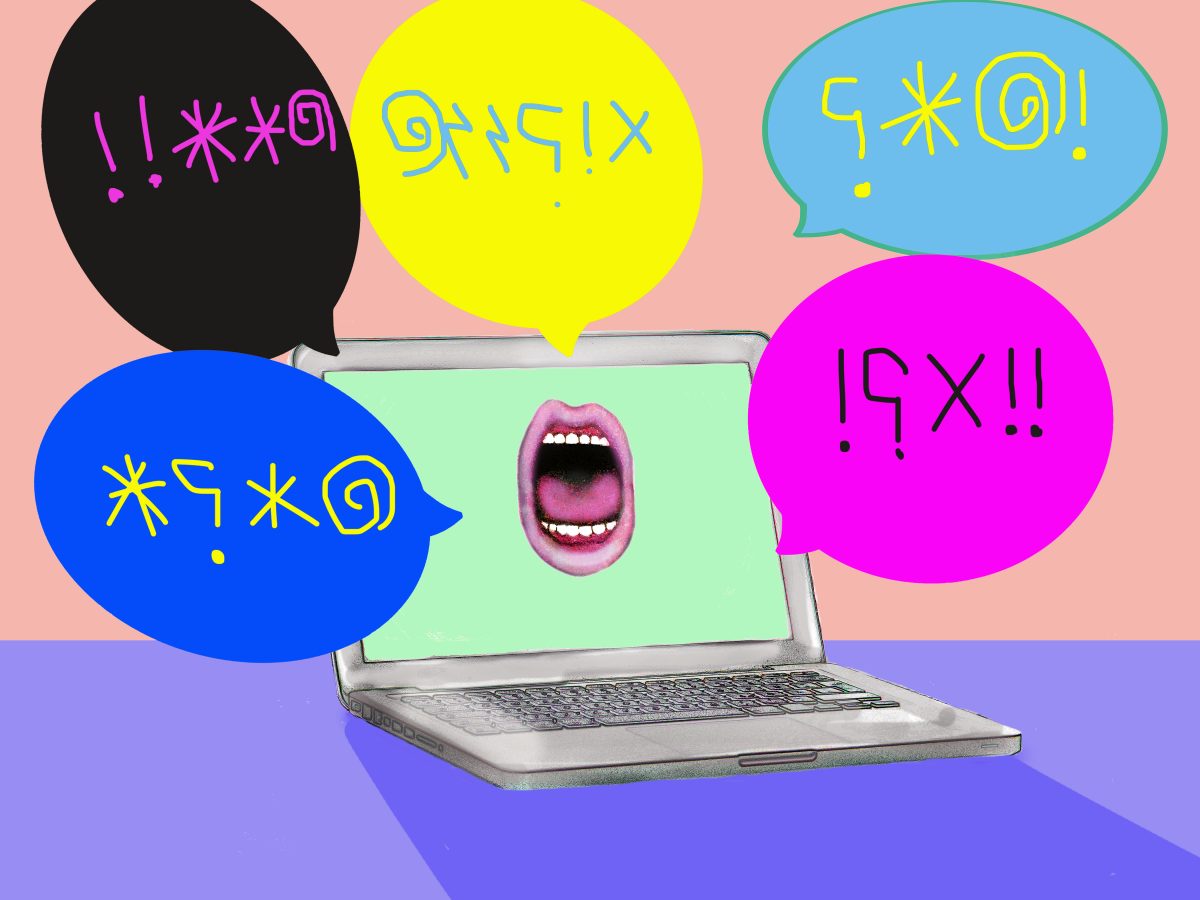
Social media continues its evolution as a transformative digital landscape, one used not just for connecting with friends and strangers, but also for voicing grievances about companies or experiences, highlighting societal double standards, sharing personal drama, circulating humorous content, and documenting every facet of life. A simple prompt like “how are you feeling today,” posted on one’s page, can sometimes be interpreted as an open invitation, giving some users the comfort and green light to express their feelings online with minimal hesitation. In fact, reports suggest that a significant majority of those who turn to platforms like X (formerly Twitter) to complain want their friends to see it. This shifts the core question from simply asking if people use social media for emotional expression to determining whether these platforms genuinely offer a safe space for relaxation and deep vulnerability.
For many, the necessity of sacred, private conversations with an inner circle seems diminished now that social media is so readily accessible. The era of confiding one’s deepest secrets and troubles only to a few trusted friends appears to be receding, replaced by a growing inclination to broadcast every detail on social media to vent frustration or process difficult emotions. Regrettably, this shift in mindset has led many to treat these global platforms as personal stages for their emotional outbursts. This raises a crucial question for contemporary digital culture: is social media truly the appropriate venue for such intense, public airing of distress, often referred to as “crashing out”?
Whether it takes the form of an angry, attention-seeking rant on X or a chaotic live stream on Instagram or TikTok meant to clarify messy situations, society seems to be confusing the freedom of open access with a right to public emotional upheaval. The “crash out” phenomenon has expanded rapidly, resulting in users treating major platforms like personal diaries, divulging private thoughts and sensitive moments without reserve. This pervasive practice prompts another vital inquiry: why are so many people seeking emotional support through social media? Data indicates that a large percentage of those who post emotional rants enjoy receiving comments, primarily seeking validation, advice, or even humorous relief. Yet, these public expressions carry significant risks. Such posts can create adverse ripple effects, potentially escalating anger both in the person venting and among those consuming the rant, forming a feedback loop that might propel the incident into a viral, long-running hashtag.
We can all reflect on our collective experience within these online communities. While undeniable benefits exist, we have witnessed the inherent downsides, particularly when observing high-profile figures and influencers engage in public arguments on platforms like X. Many have tuned into chaotic live streams, watching as figures cry or raise their voices uncontrollably. Whether witnessed in real time or simply followed in the aftermath, the internet often explodes into days of frantic, polarized commentary following such events.
The comment sections become flooded with opinions, as these relentless rants transform viewers into personal critics, frequently leading to division. Supporters and detractors begin sharing cryptic messages, either affirming or arguing against the latest outburst from a favorite personality for days or even weeks. This persistent behavior illustrates how a single public emotional display can quickly escalate into a protracted, unresolved debate. The underlying problem is that this dynamic often appears to reward reckless and angry behavior, granting users a false sense of security regarding their public conduct. In conversations involving conflict, this effectively puts accountability at risk of being silenced by the sheer noise of online discourse.
Sadly, this trend is not confined to individuals with a high social standing; it has become a common coping mechanism for many facing challenges. The constantly shifting internet generation appears fixated on drama and scandal, transforming social media into a series of mini reality television shows. From messy breakups to internal conflicts within friend groups, social media has become a seemingly safe, yet ultimately illusory, haven for sharing deeply personal feelings. This behavior ironically mirrors the dramatic confessional segments of popular reality programming. These public emotional outbursts are inherently risky because they offer an environment where people can easily circulate false narratives, or construct one-sided victim accounts about interactions that may have been heavily distorted or never truly occurred as described. Crucially, the ease and instant gratification provided by social media rants often deter those who genuinely need counsel from reaching out to trusted friends or professional therapists. Instead, it encourages them to seek validation from a worldwide, largely anonymous internet audience that is frequently more interested in emotional clickbait than genuine well-being, a situation that is fundamentally problematic.
We have moved far beyond the platform’s earlier days, when strangers would simply exchange “good morning” in morning tweets. Social media today is a complex mixture of comedy and controversy, filled with skits, laughter, and rage-baiting content. Does this mean social media should be entirely discounted as a safe space? The answer remains complex. It can certainly be a constructive space for creative expression, connecting with people, building new relationships globally, and finding opportunities to advance professional goals. However, social media should never be treated as a platform to divulge personal struggles without extreme caution. Users risk not receiving the patience, understanding, or privacy they might expect, often finding judgment and viral commentary instead.